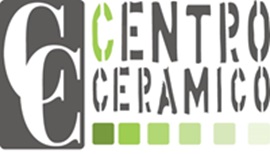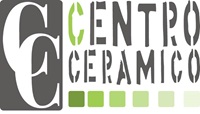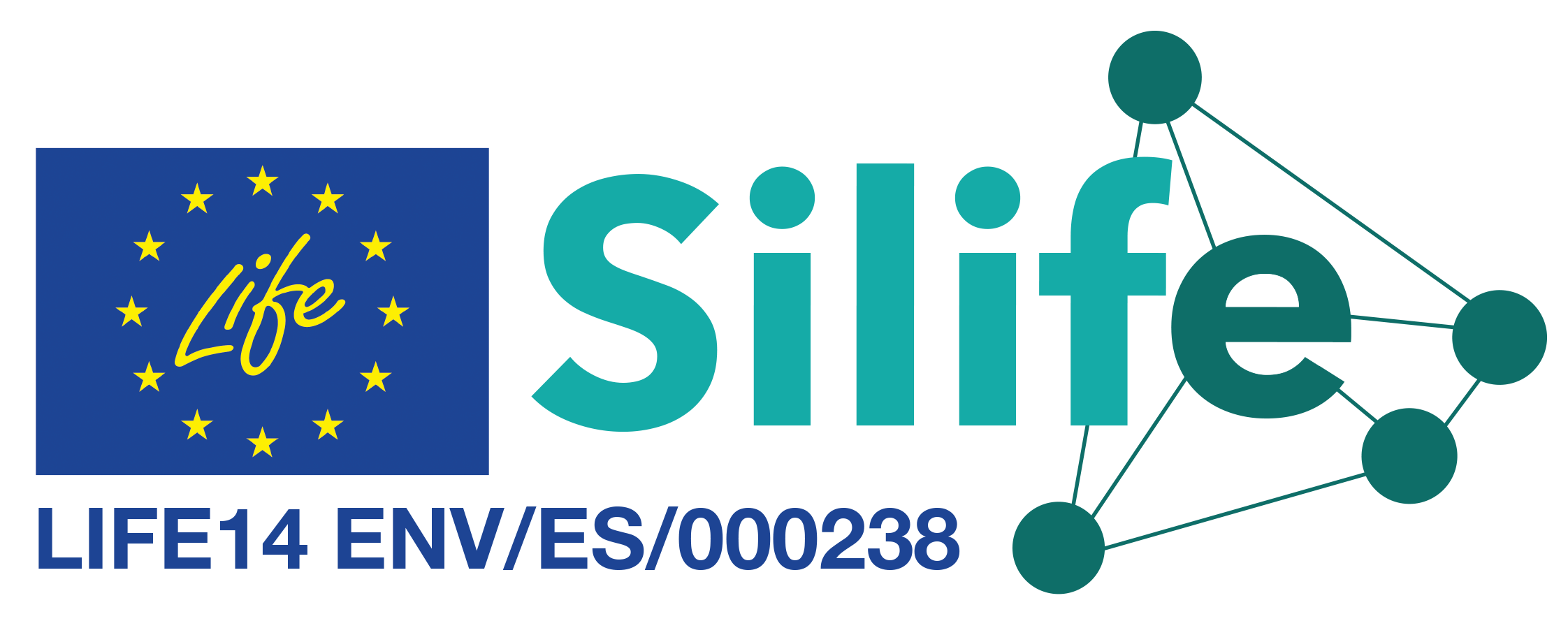Since its estabilishment, Centro Ceramico supported the companies to face the theme of safety and healthcare of workers. Among the different performed tests and controls, the monitoring of the powder presence in the working ambient and the content of crystalline silica have always been a constant. The last EU Project Centro Ceramico took part, (SILICOAT Project) had, as main objective, to develop a technology to coat the RCS to inhibit the specific toxicity. In this way both the transport and the use of quartz should be more safer for all the involved workers. During SILICOAT research activity, that started taking into account the results obtained in the previous EU Project (SILICERAM), several activities were carried out: Project SILIFE – see the videoclip Main Scientific Papers Contact: Dr. Giuliana Bonvicini: bonvicini@centroceramico.it
Research Projects
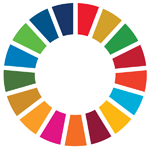
![]()
![]()
Silica containing materials are widely used in the ceramic process. For this reason people working in this sector are potentially exposed to respiratory diseases till to silicosis. In 1997 the IARC (International Agency for Research on Cancer) classified the RCS (Respirable crystalline silica, both in the form of quartz and in the form of cristobalite) as a carcinogenic substance, but the Europe has not yet adopted this definition since it has not been demonstrated a correlation between the direct inhalation of RCS and, in extreme cases, lung cancer. With regard to this, the research activity on RCS inhalation became more intense.
Due to its long experience on this theme, Centro Ceramico participated to an EU Project (SILICERAM) concerning the study of RCS toxicity in the ceramic sector, with the aim to provide legislators with useful information to regulate the exposition limits.
One of the main obtained results showed that the biological activity of the powder was lower than that of the quartz alone; this suggested that clay minerals have an attenuation effect on the quartz toxicity.
Direct phone number: +39 051 0250161
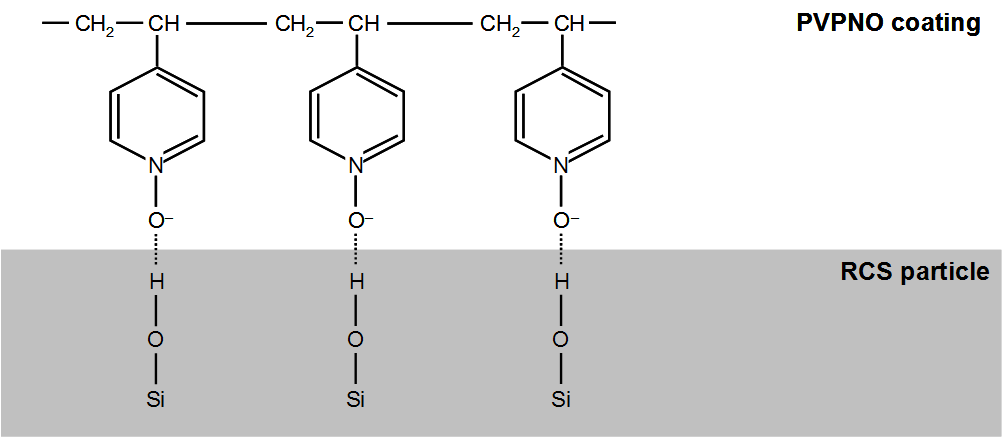
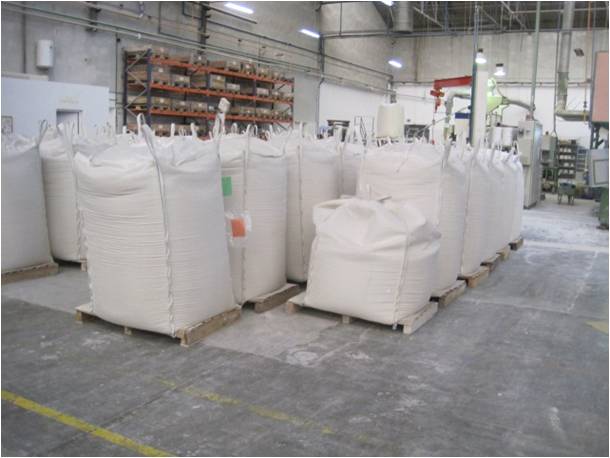

“Production of quartz powders with reduced crystalline silica toxicity”
Project funded in the framework of Call LIFE 2014-2020: subprogramme “Environment” – 2015
“Industrial implementation to render RCS safer in manufacturing processes“
6th Framework Programme – Research for SME Associations – 2011/2014
“Studies aimed at assisting legislation and encouraging continual improvement strategies in the field of respirable crystalline silica“
COLL-CT-2003-500896
6th Framework Programme – Horizontal research activity for SMEs – 2005/2008
Manufacturing process & RCSadmin2020-03-16T13:41:48+00:00


